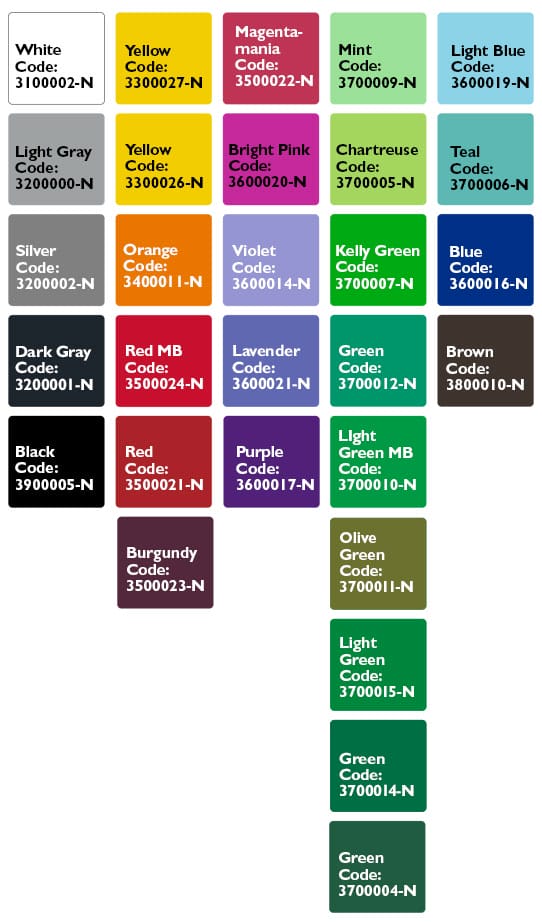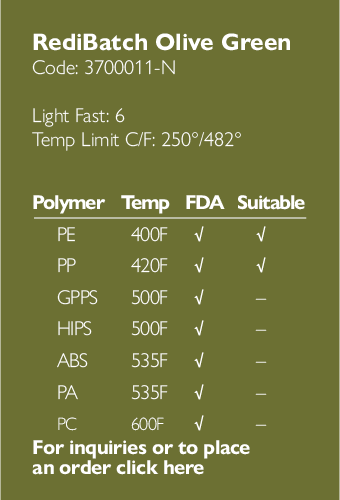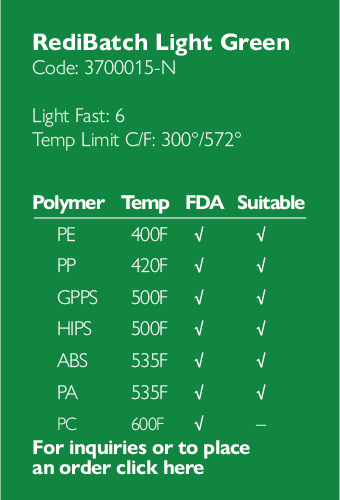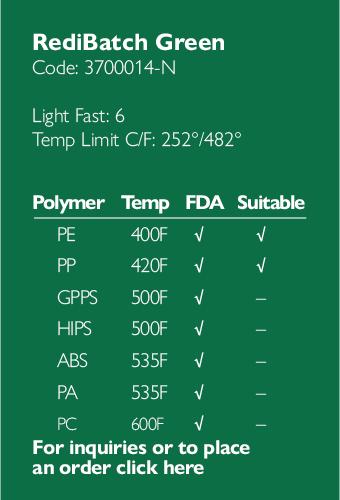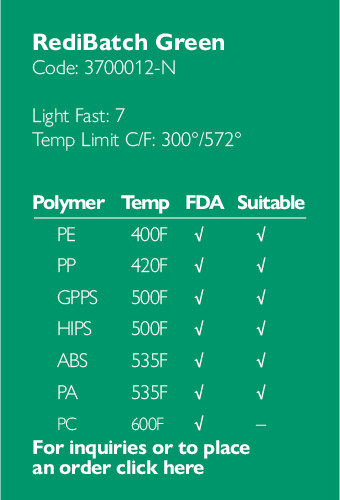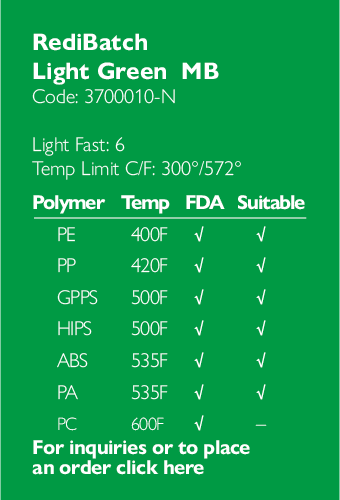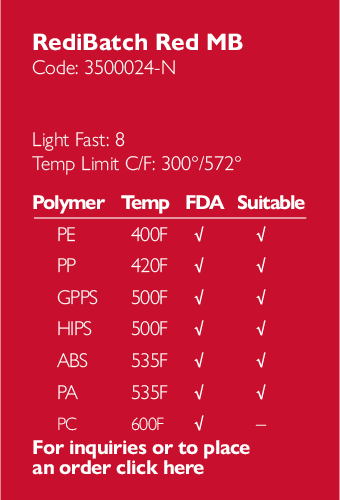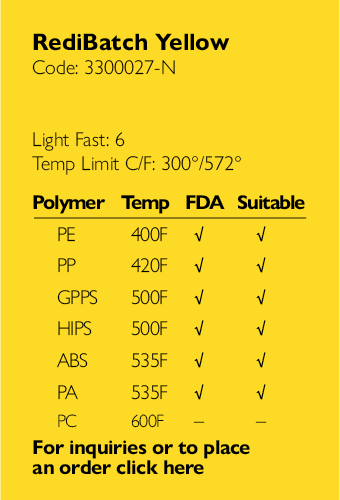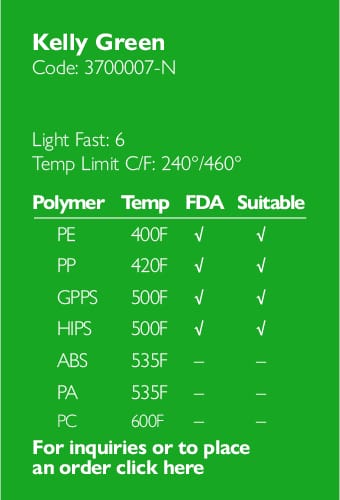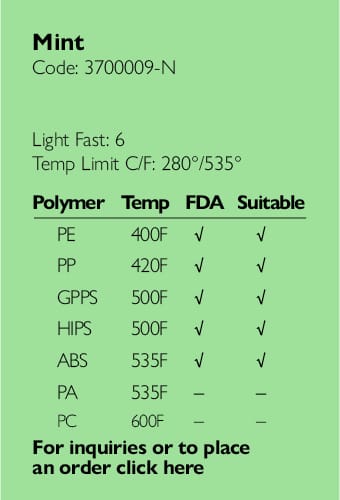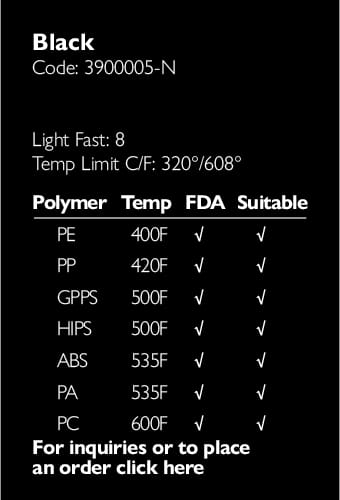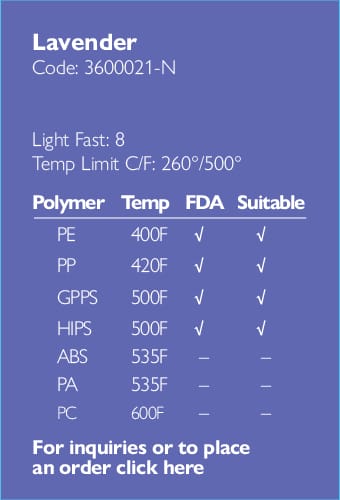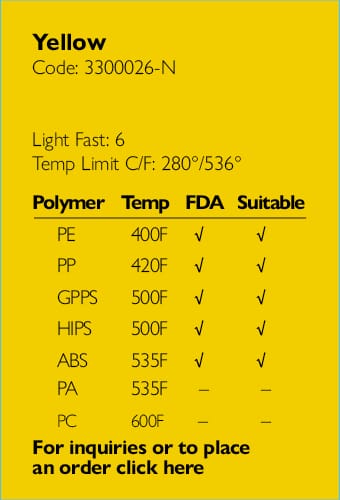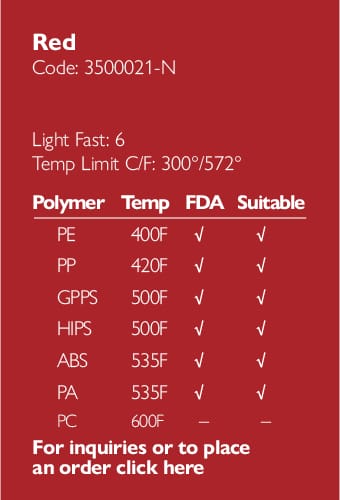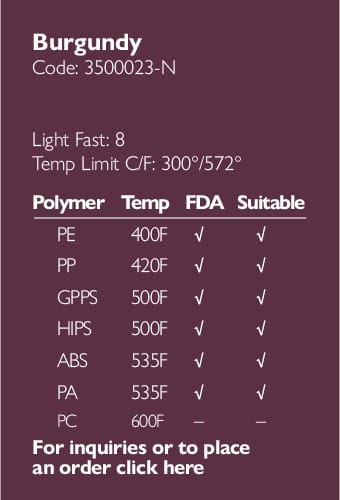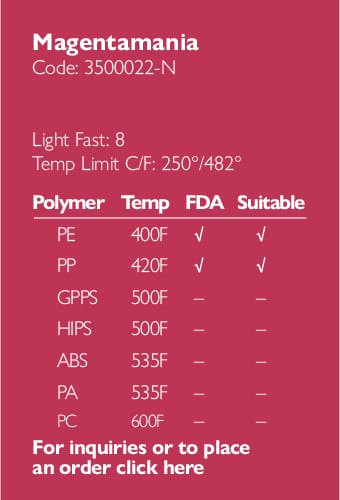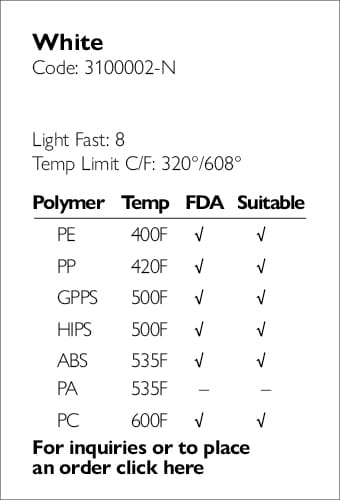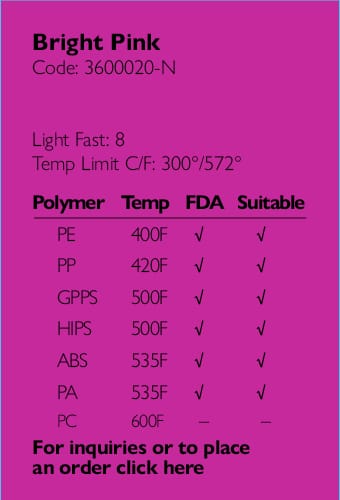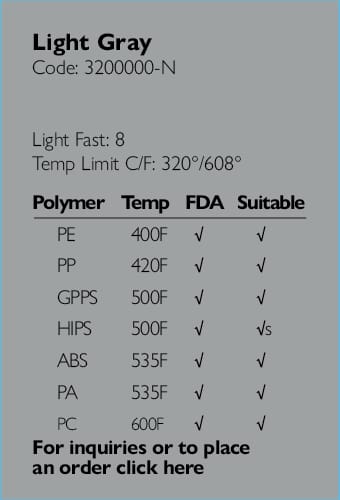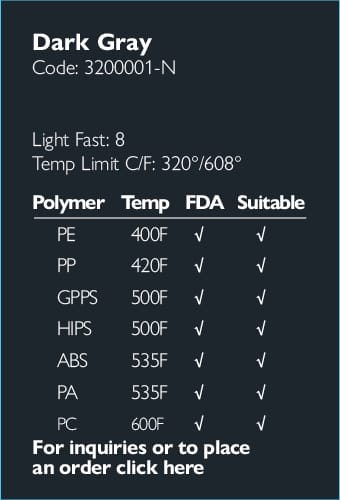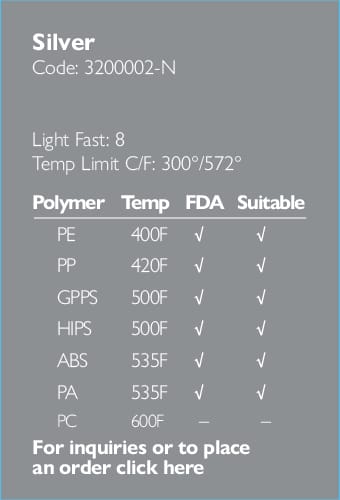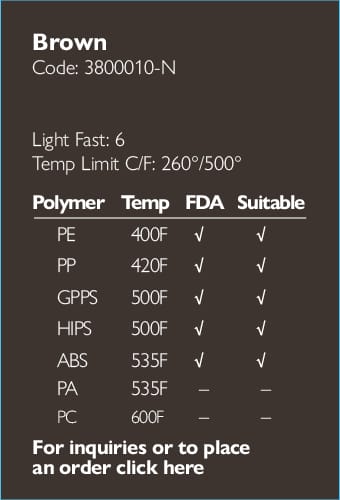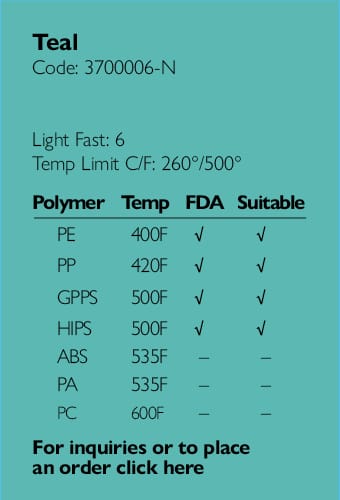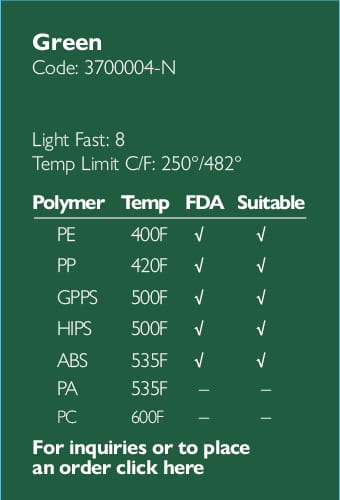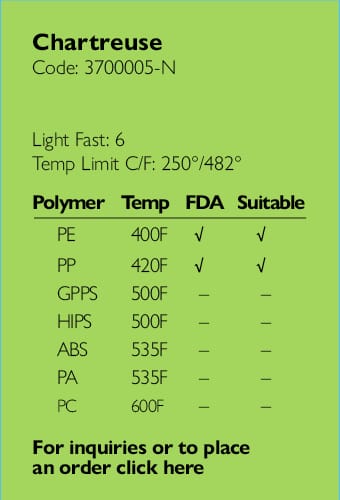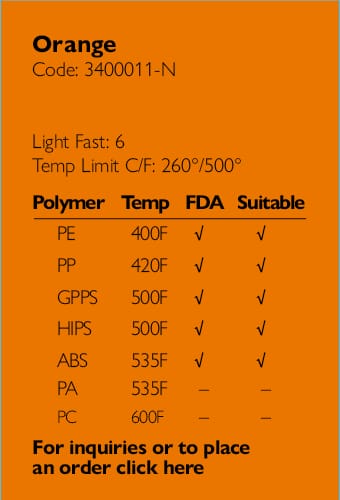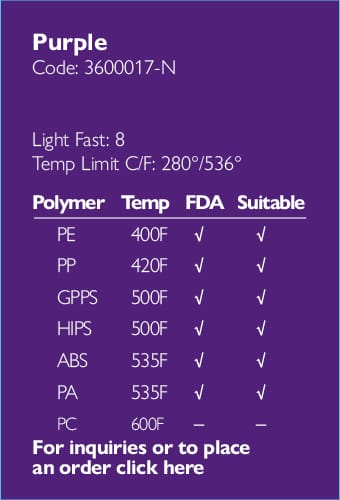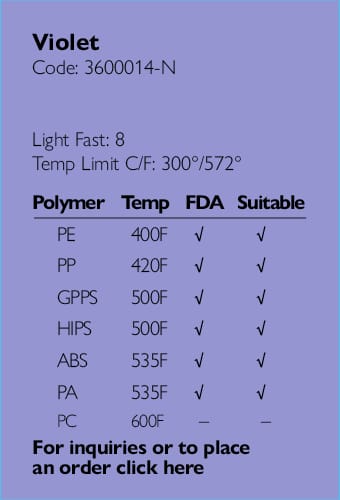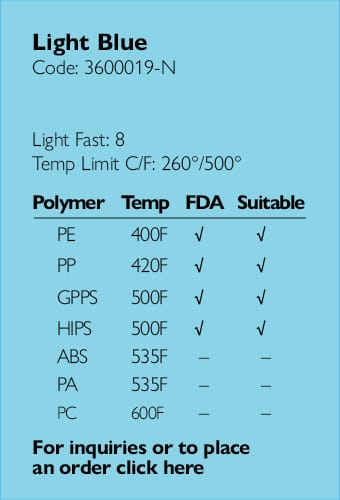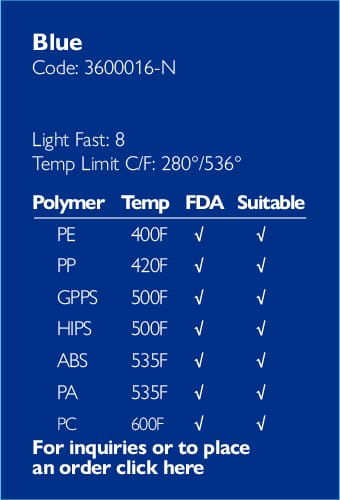Color
An infinite number of colors surround us in the world. We all take color for granted, but it has a wide range of roles in our daily lives. It influences our taste in foods, dictates our purchases, and through a persons face, tells us of their health and demeanor. The appearance of a manufactured product, assuming the product fulfills its principle function, is without a doubt its most important attribute. All industries are preoccupied with the appearance of their products. The appearance and the color constitute the essential message of the product
For every person with normal sight, the concept of color is intuitive. Human observers perceive color very differently resulting in judgments being very subjective. Perceived color is associated with receptors in the eye, followed by interpretation in the brain of the energy scattered or transmitted by the object. Color is not a physical reality; it is in our brain rather than in the object being viewed.
Light radiation consists of electromagnetic waves just like x-ray and radio waves. This allows light to be specified in terms of frequency or wavelength. The unit used for the measurement of and identification of light wavelength is the nanometer (nm). The visible radiation occupies a very small portion of the total spectrum of electromagnetic radiation. The visible spectrum is generally considered to consist of electromagnetic radiation between 380-780 nm.
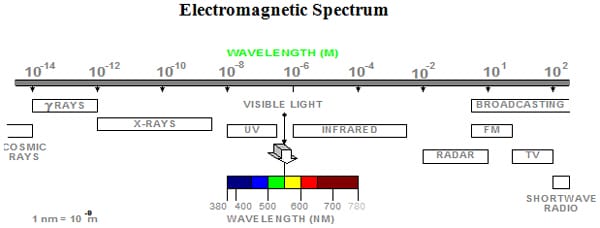
Three elements must be present for color to be viewed; these elements are referred to as the Triplet. Take away any one of these elements, and there is no color.
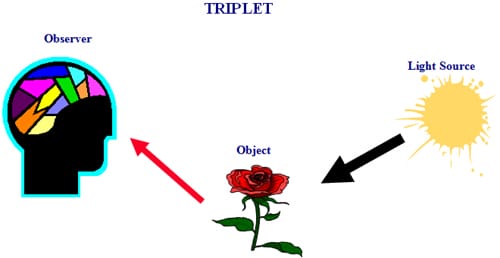 The Light Source is the first element of the triplet. Light can be generated in a variety of ways. The two most obvious sources of light are the sun and artificial lighting The sun emits varying energy depending on climatic conditions and time of day. Artificial light is present in many forms from many luminants. A different light source can greatly influence how we perceive color.
The Light Source is the first element of the triplet. Light can be generated in a variety of ways. The two most obvious sources of light are the sun and artificial lighting The sun emits varying energy depending on climatic conditions and time of day. Artificial light is present in many forms from many luminants. A different light source can greatly influence how we perceive color.
The Object is the second component of the triplet. The behavior of light as it falls onto material, results from its physical and chemical characteristics. The objects are sensed by the eye in accordance with the way they modify the light falling upon them. The light which illuminates an object will be altered by its interactions with the material, in many ways and many directions. The resulting light distribution is what gives us the visual impression (appearance) which we perceive for the object.
The Observer is the third component of the triplet. Color perception is the result of interpretation by the brain of light detected by the eyes. The human eye is able to see light in its light-dark variations, and also perceive color variations in hue and saturation. The eye contains the receptor organs of vision known as Rods and Cones. The cones are responsible for daylight vision and are sensitive to the perception of color. Rods are responsible for night vision and are sensitive to variations in lightness. Everyone’s rods and cones are different, as are their brains’ ability to interpret color.
There are many variables out of our control which influence the color we see. No one will interpret these variables exactly the same way. Methods have been devised for quantifying color and expressing it numerically in much the way we do length and weight. This allows the possibility for anyone to communicate colors more easily and accurately. In 1931 an international organization, the Commission Internationale de I’Eclairage (CIE) devised Yxy color space based on tristimulus values XYZ. For years this was the standard until CIE devised the L*a*b* color space in 1976. CIELAB describes color in three dimensions and provides more uniform color differences in relationship to visual differences. Color spaces such as these are now used throughout the world for color communication.
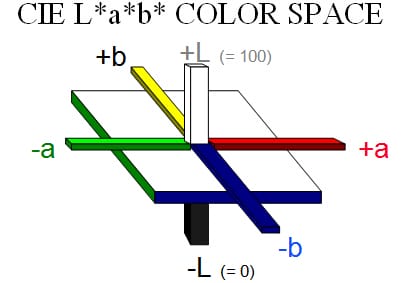 Formulating Colors
Formulating Colors
For a formulation to be successful, it must meet all the requirements of the end product. To accomplish this all the expectations for the end product must be known in advance. There are several “must have” pieces of information required before a formulator can start. With hundreds of pigments and resins available, the formulator will use this information to formulate the most economical, accurate, and functional color possible.
Required Information:
- Application
- Resin system
- Processing temperature
- If outdoor exposure a concern:
- Expected life span
- Geographic location of exposure
- Environment, e.g., chemicals present
- Gauge
- Construction, e.g. multi-layer, laminant
- Regulatory restrictions, e.g., FDA compliance, kosher
- Organoleptic concerns, e.g., taste and odor
- Color tolerance, e.g., exact match or “close enough”
Once this information is known, the formulator can begin his task. The pigments used are chosen based on the requirements of the end product. Typically a starting formulation is obtained using matching software. Exhibits (film, molded chips, bottles) are then prepared, and the color adjusted until it meets the prescribed tolerance.
The palette of pigments is extensive, but as restrictions are placed on the match the palette quickly shrinks. Restrictions such as FDA compliance, outdoor weathering, and high thermal stability reduce palette size, which may result in a more expensive product.

